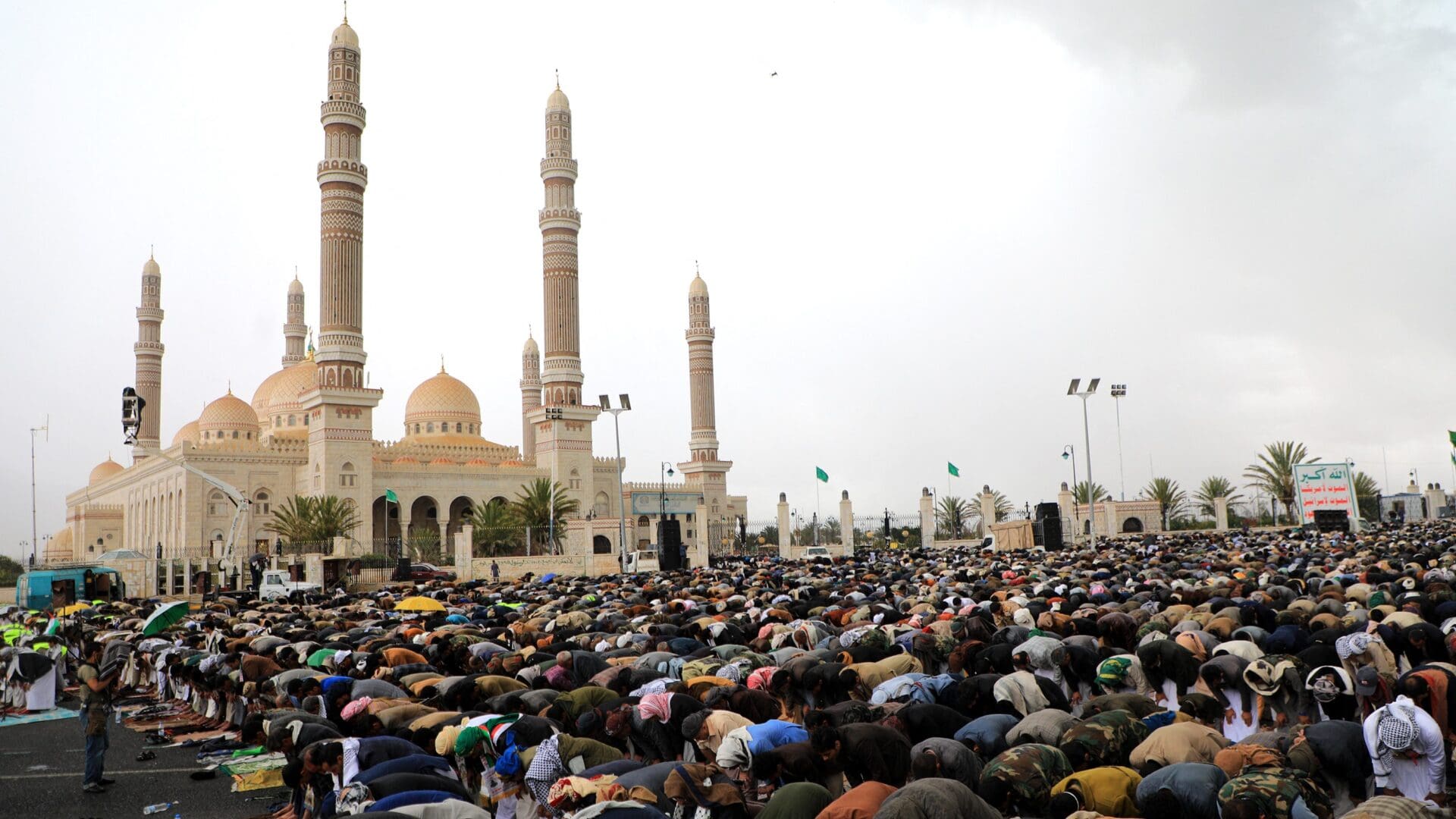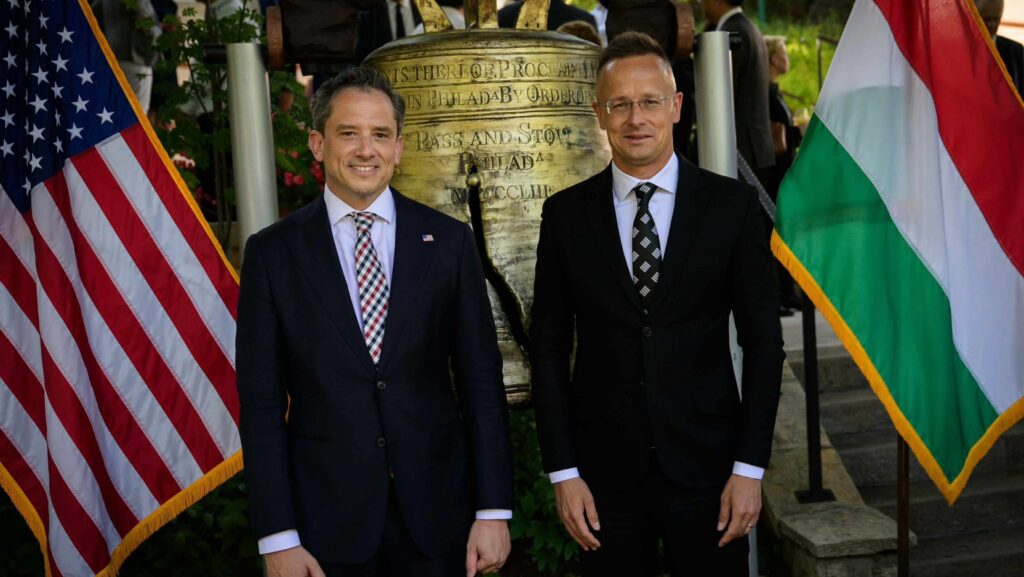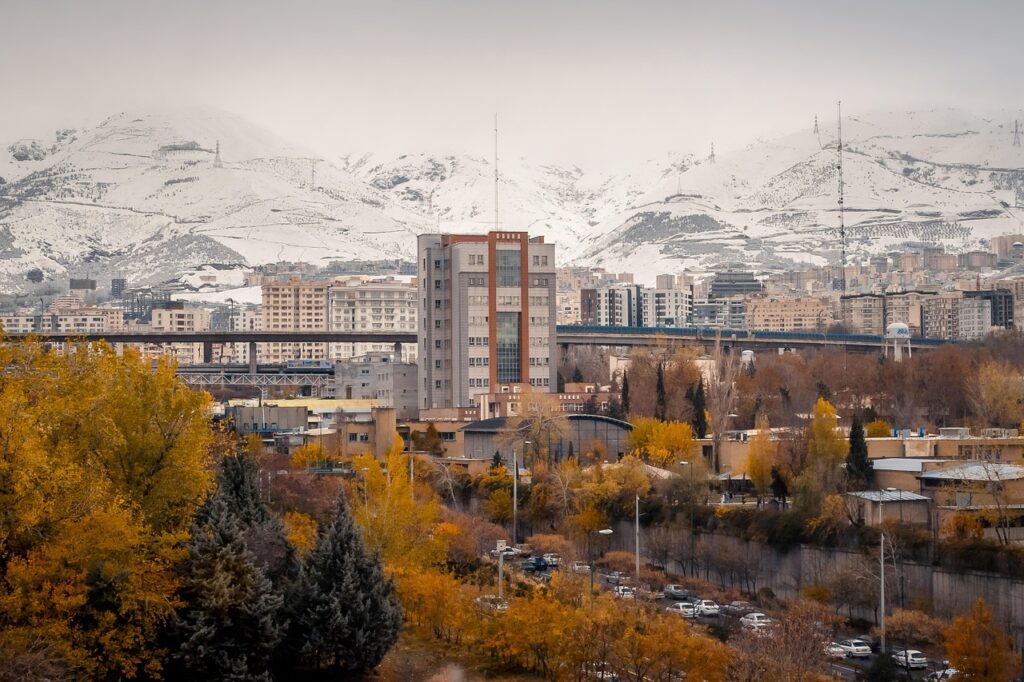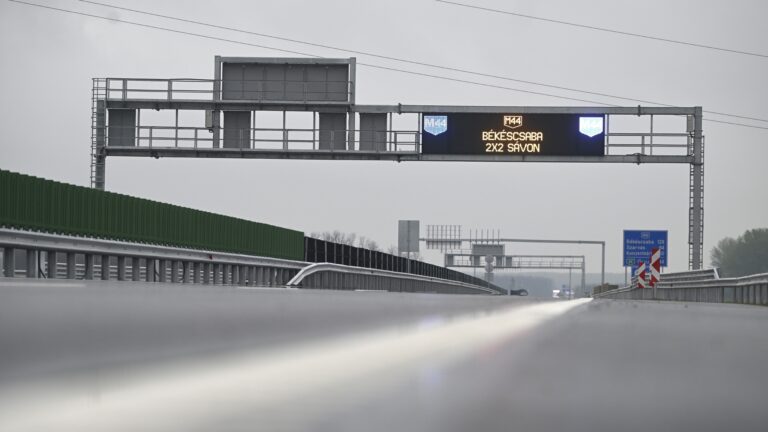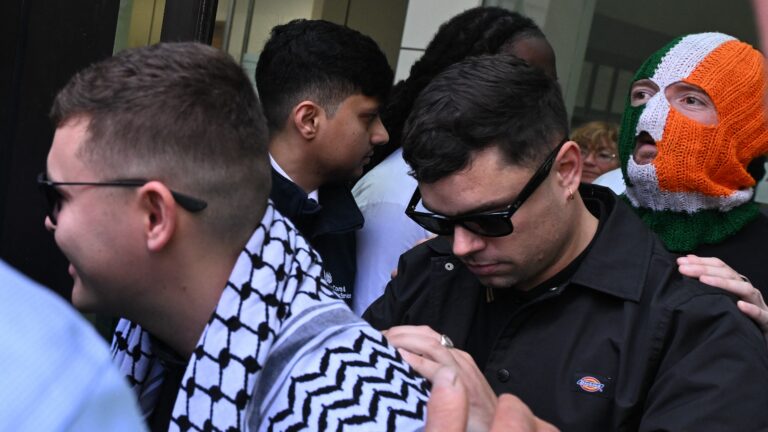Roughly a week ago, most Hungarian media outlets reported, often with sensational headlines, that ‘Yemen declared war on Israel’. In reality, it was not Yemen, but the so-called Houthi movement, controlling parts of the country, that proclaimed their support for the Hamas. But who are the Houthis, and how did they gain prominence in Yemen?
Historical Background
During earlier times, Yemen was an independent state, roughly within its current borders, however, during the Early Modern and Modern periods, it was occupied by the Ottoman Empire, in several phases. While in the nineteenth century the Sunni-majority Southern areas were wrestled from the Turks and colonized by the British, the Shia-dominated Northern territories remained under Ottoman suzerainty until the collapse of the empire in 1918, when North Yemen became and independent kingdom, under a Shia monarch.
This division of the country remained in place for most of the twentieth century. While the North became a monarchy, supported by both the Saudis and Iran—and later, in 1970, ousted by republican forces, helped by Egypt—the South gained independence in 1967 as a Soviet-aligned Socialist state. The two states were eventually united in 1990. While the North became the dominant part, the Shia Yemenis felt increasingly threatened by the Saudi, and therefore Sunni, influence over their country. Riyadh financed Salafist Sunni preachers in Yemen, even in the Northern areas. Furthermore, with the collapse of the Shia monarchy in the North, Shias lost their influence in Yemeni society, and became a marginalized group.
The Beginnings of the Houthi Movement
This resentment gave birth to a Shia radical group, the so-called ‘Houthi movement’ in 1994. Their official name is ‘Ansar Allah’, which means ‘Supporters of God’. Therefore, their name is similar to that of Hezbollah (‘Party of God’), another Iranian-backed Shia Islamist extremist group in the region. The core of the support base of the Houthi movement is the tribe of Yemen bearing the same name, and, in a broader sense, the Shia, especially Zaydi Shia, Muslims, who make up 35 per cent of the population, mostly living in its north-western region.
Following the pattern of Hamas and the Hezbollah, the Houthis also started out as a moderate, or at least peaceful organization, championing religious revival, anti-corruption goals, as well as the social and economic progress of the marginalized Shia communities in Yemen. Houthis also criticized the authoritarian rule and corruption of Ali Abdullah Saleh, the president of Yemen since the unification. However, their attitude soon changed.
There are many components which played part in the radicalization of the Houthi movement. The rule of Saleh did not change, and, on the other hand, the influence of the Saudis, backing the president, was also growing. The Houthis also perceived US influence as being too strong over Yemen.
Additionally, the 2003 Iraqi Invasion also contributed to turning them against the Western world.
This was the time when the group took up antisemitic, anti-US slogans, and their main motto became ‘God is the Greatest, Death to America, Death to Israel, Cursed be the Jews, Victory to Islam’.
In 2004, the Houthis waged an armed insurgency against the Yemeni government. However, it remained low intensity, leading to a ceasefire in 2010.
Yemeni Revolution
During 2011, as part of the wider ‘Arab Spring’ wave, a revolution broke out in Yemen against the rule of Saleh. It swiftly ousted him, and, apparently, order was restored with a democratization process being underway. However, as opposed to other militias, the Houthis—who also took up arms against Saleh—did not gave up their occupied territories, but to the contrary, started spreading their influence even after the armed conflict was settled. By 2012, the group controlled three governorates in the Shia-dominated North Yemen and had access to the Red Sea.
As the Houthis felt empowered via their territorial stretch, and perceived the government as being weak, they decided to launch an all-out attack on it.
In 2014, their troops besieged Sanaa, the capital city, and took it over in a coup-like manner.
The Houthis announced the formation of a new government, which led to the outbreak of the Yemeni Civil War in the same year.
The Yemeni Civil War
The Houthi Revolt led to one of the bloodiest conflicts in the contemporary Middle East. It was widened and made even more brutal subsequently, as Saudi Arabia and some smaller Sunni Arab nations intervened on behalf of the Yemeni government, while Iran was siding with the Houthis. This change effectively turned the war into another front of the Irani-Saudi proxy conflict.
The situation escalated again in 2017, when the Houthis fired a missile on a Saudi civilian airport. By 2018, such rocket attacks on Saudi territory became common; furthermore; the Houthis attacked a Saudi tanker in the same year. Meanwhile, the United Arab Emirates also intervened on behalf of the resurging South Yemeni separatist movement.
Similarly to most Middle Eastern conflicts, al-Qaeda and the Islamic State also exploited the situation.
By today, the Yemeni Civil War has grown into one of the most chaotic conflicts in the Middle East with an extremely high number of casualties, outbreaking epidemics, and several factions surfacing as parts of constantly shifting alliances. Just to demonstrate this last notion: President Saleh (ousted by a coalition, including the Houthis) allied himself with the Houthi movement, only to be soon assassinated by them. This led to the Saleh-loyalists defecting to the internationally recognized Yemeni government, therefore the one that also included forces that toppled Saleh in 2011.
Currently, the front seems to be frozen, with the Houthis controlling the Shia-dominated territories of North-Western Yemen (thus mostly confining themselves to the original North Yemeni state), while the rest of the country is divided between the official government, the Southern separatists, al-Qaeda and some minor factions. While the United States and Saudi Arabia still back the internationally recognized government, their support is waning.
Riyadh is especially keen on making a dignified exit from the conflict,
since a huge area of the Yemeni-Saudi border is controlled by the Houthis, threatening Saudi territories. In 2022, the warring parties signed a ceasefire agreement, officially freezing the conflict. In addition, the Southern separatists also made an agreement with the Saudi-backed government. But that did not create a status quo, and thus sporadic fights continue.
The Ideology of the Houthis
Officially, the Houthis are a Zaydi Shia Islamist movement. Therefore, their ideology is, in theory, almost identical to the core tenets of this sect. To roughly sum their core religious beliefs, the Zaydis believe that Zayd was the last legitimate caliph, thus only the descendants of him and Mohammed can legitimately rule the Ummah, the community of Muslims. However—as opposed to the Twelver Shias of Iran, who are waiting for a physical return of a true imam, and believe that until that, clerics should lead the community—Zaydis reject this view, and do not consider imams ineffable, opposing theocracy. Zaydis also believe that unjust rulers can and should be resisted via force, if necessary. Due to these components, Houthis are rebellious toward governments, perceived as corrupt, but also do not, in practice, pursue making Yemen similar to Iran.
Houthis have in fact not enacted any sharia-based law in the territories they control,
and their government in Sanaa keeps observing the secular and republican holidays of Yemen. The Houthis’ aim is therefore primarily the bolstering of the social, political, and economic power of Yemeni Shias in general.
The main slogan of the Houthis, quoted above, is broadly anti-Zionist, anti-American, anti-western, and even anti-Semitic. But the Houthis’ Hezbollah-like denunciation of the United States and Israel often seems to be ‘largely for show’, according to Les Campbell, expert of the National Democratic Institute. He therefore designates them as opportunistic and flexible.
Conclusion
To sum up, the Houthis are an anti-Saudi, nationalistic and populist movement, struggling to improve Shia representation in Yemen. They want to regain the power wielded by the Shias during the monarchy period, or at least have equal footing with the Sunnis. However, their backing by Tehran, and their recent declaration of war on Israel shows that the Houthis have not fully abandoned their Islamist roots.
Eventually, the Houthis can be understood best by international onlookers in their role as Iranian proxies. We may also correctly assume that their recent anti-Israeli declaration was dictated by Tehran. It is not their fierce slogans, or their—by now largely abandoned—Islamist extremist ideology, which makes them dangerous, but their backing and control by Iran. The Houthis are just as much proxy players as Yemen itself is a theater of a proxy war between Iran and the US-supported Saudi monarchy. Therefore, if Tehran sneezes, Sanaa will tremble.

